The humanized design of the slitting machine needs to be comprehensively considered from multiple dimensions such as simplification of operation process, strengthening of safety protection, optimization of human-computer interaction and convenience of maintenance. Here are some key design directions to improve the ease of use and safety of your device:
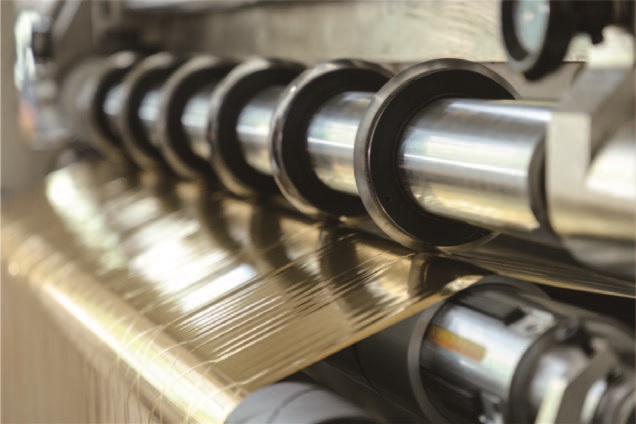
1. Simplified operation process
• Smart preset function
The slitting parameters of common materials (such as width, tension, and speed) are stored through the touch screen interface, and one-click recall is supported to reduce manual adjustment time. AI learning function can be added to automatically recommend parameter combinations.
• Automated assistance
Functions such as automatic deviation correction system, coil centering device, and automatic tension adjustment can reduce operation complexity and manual intervention.
• Modular design
The modular structure of quick-change tools and dies simplifies the mold change process and reduces downtime with snap-on or magnetic designs.
2. Strengthen security protection
• Multiple physical protections
◦ Grating/Laser Scanning: Real-time monitoring of hazardous areas (e.g. near the cutter roller) and automatic shutdown when the human body approaches.
◦ Interlocking protective door: The equipment is locked when it is running, and it can only be opened for maintenance after it is stopped.
◦ Emergency Stop Button: Distributed in multiple easy-to-reach locations with a striking red mushroom head design.
• Dynamic risk warning
Sensors are used to monitor tool wear, material anomalies or mechanical failures, and audible and visual alarms or automatic speed reductions are triggered in advance.
• Low-risk tool design
Concealed blades or radius knives reduce exposure of sharp parts; Optional pneumatic shield for automatic closing during operation.
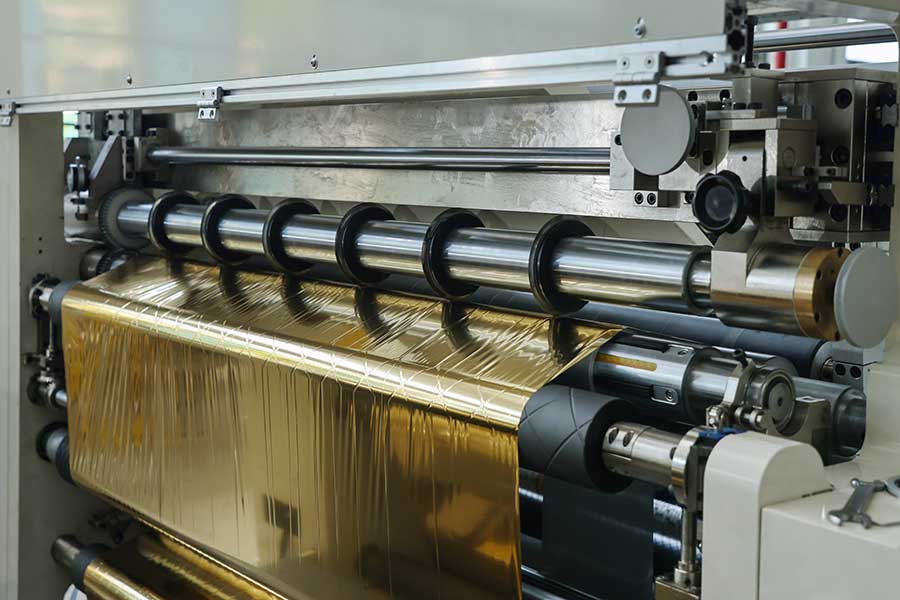
3. Human-computer interaction optimization
• Intuitive interactive interface
◦ Graphical touch screen: use icons and colors to distinguish functions, and support multi-language switching.
◦ Real-time visualization: Displays slitting progress, machine status, and fault indications (e.g. "tool needs to be replaced").
• Ergonomic
◦ Adjustable height control table and rotating control panel to adapt to operators of different heights.
◦ The layout of the handle and button conforms to the natural operating posture of the human body and reduces fatigue.
• Remote monitoring and guidance
Support mobile APP to view operating data or receive alarms, built-in AR auxiliary maintenance guidance (scan the QR code of the device to call up 3D maintenance steps).
4. Ease of maintenance and cleaning
• Quick access design
Side-opening panel and sliding guide rail structure for easy access to internal components; The knife cleaning port design allows debris to be removed without dismantling the machine.
• Self-diagnostic system
Fault history is automatically recorded and maintenance recommendations are generated (e.g. "10 hours remaining between bearing lubrications").
• Anti-fouling design
Use inclined planes or chip chutes to collect waste to avoid accumulation; Dust covers are installed for critical components, such as sensors.
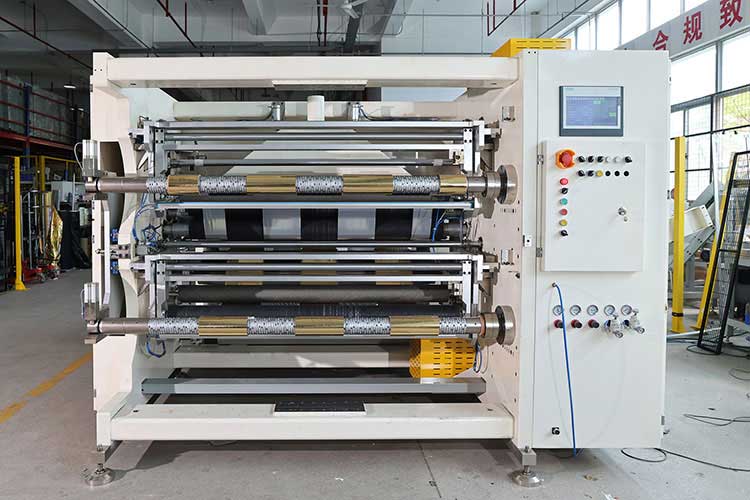
5. Training and cognitive aids
• Embedded training modules
The device has built-in interactive operation tutorials (videos/animations), and novices can practice in simulation mode.
• Error-proofing design
Mandatory confirmation of key steps (e.g., "No protective cover installed, no starting"), and voice prompt in case of misoperation.
Case Reference
• Safety upgrade: A certain brand of slitting machine is equipped with infrared induction in the cutter shaft area, the response time is < 0.1 seconds, and the misoperation rate is reduced by 90%.
• Efficiency improvement: Reduction of changeover time from 30 minutes to 5 minutes through a library of preset parameters.
Through the above design, the slitter can not only lower the threshold of operation (especially for unskilled workers), but also avoid potential safety hazards from the source, while reducing the dependence on professionals for equipment maintenance. The ultimate goal is for the device to "adapt to the human", not to the machine.
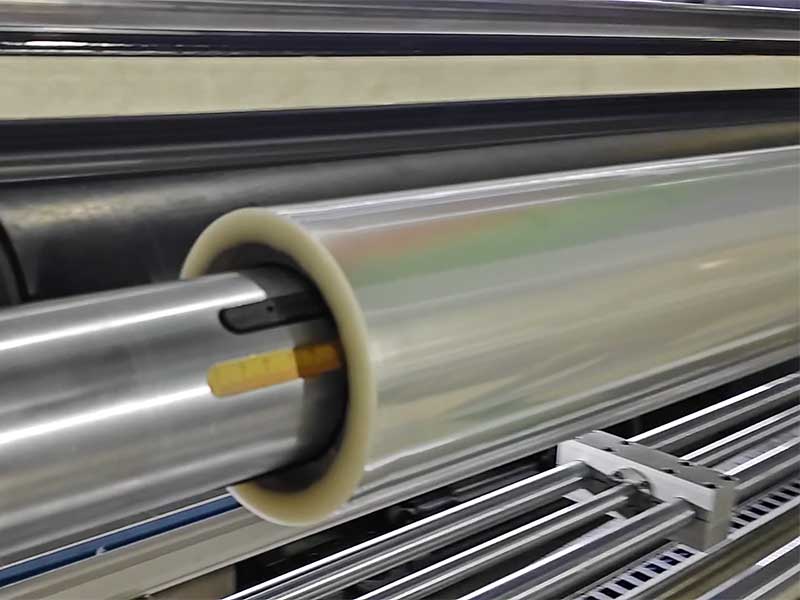
The stable operation of the slitting rewinder is the basis for producing high-quality coil products.
10. December, 2025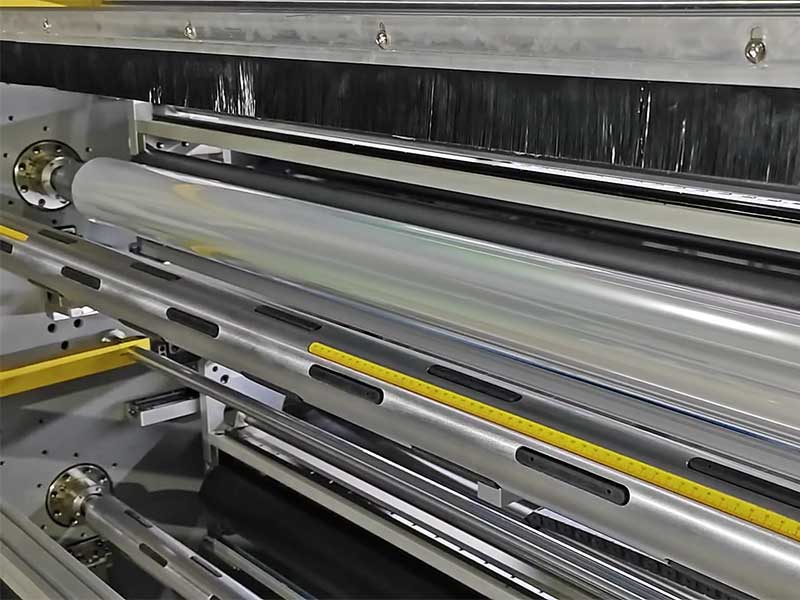
These film materials need to be precisely cut into different widths during the production process to meet the needs of various models and components.
10. December, 2025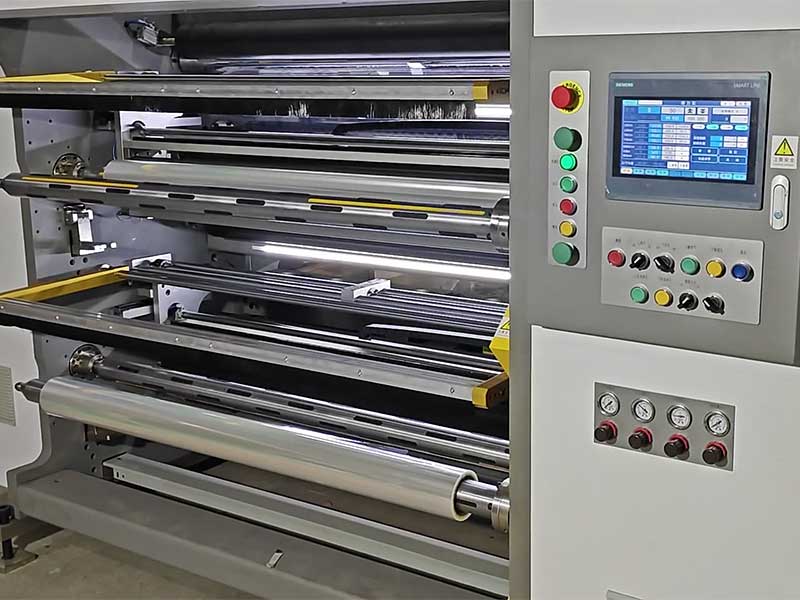
The automotive film slitting machine, an increasingly intelligent "cutting knife", is accurately cutting out redundant costs, inefficient processes and backward production methods.
10. December, 2025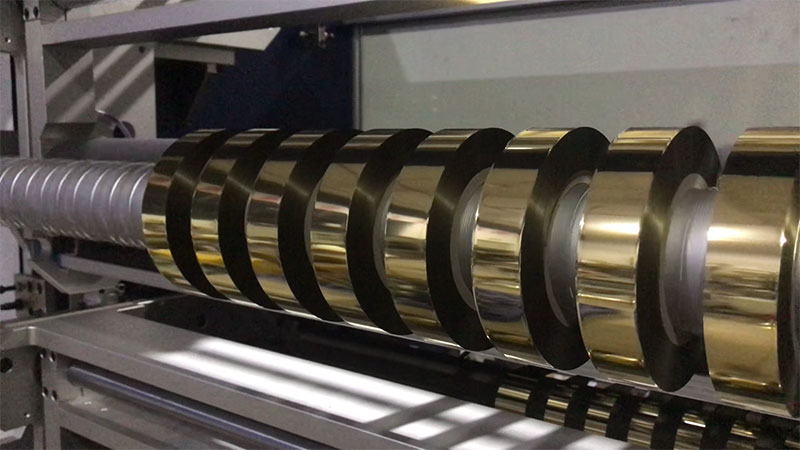
Precisely cut the wide master roll according to the preset dimensions, then rewind it into finished rolls suitable for subsequent processing or direct use.
09. December, 2025
Cut wide rolls of film, paper, nonwoven fabric, metal foil, and other materials to precise sizes, and then rewind them into finished rolls that meet downstream requirements.
09. December, 2025